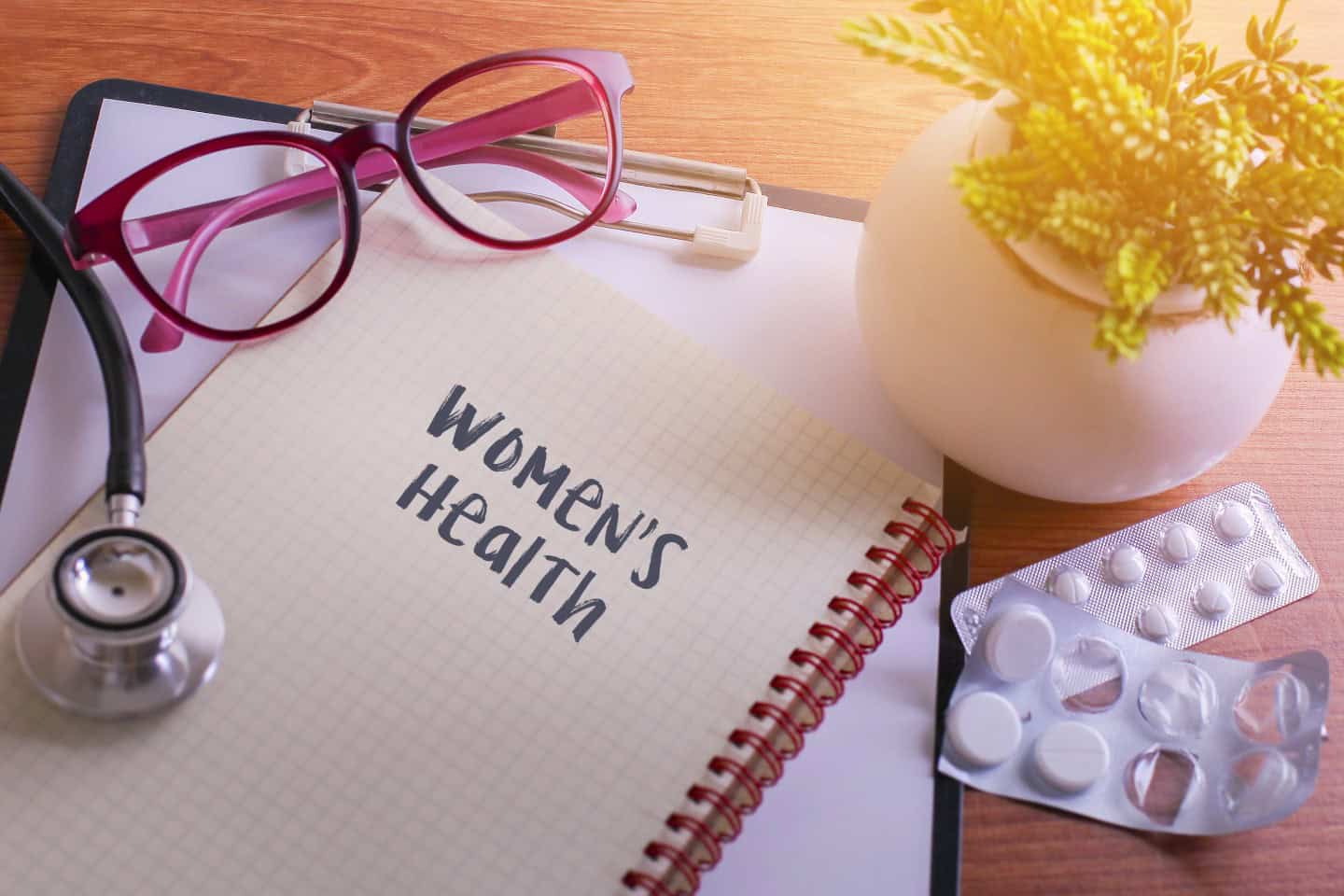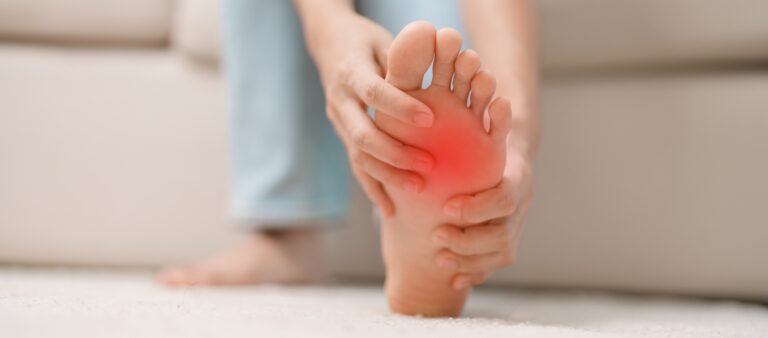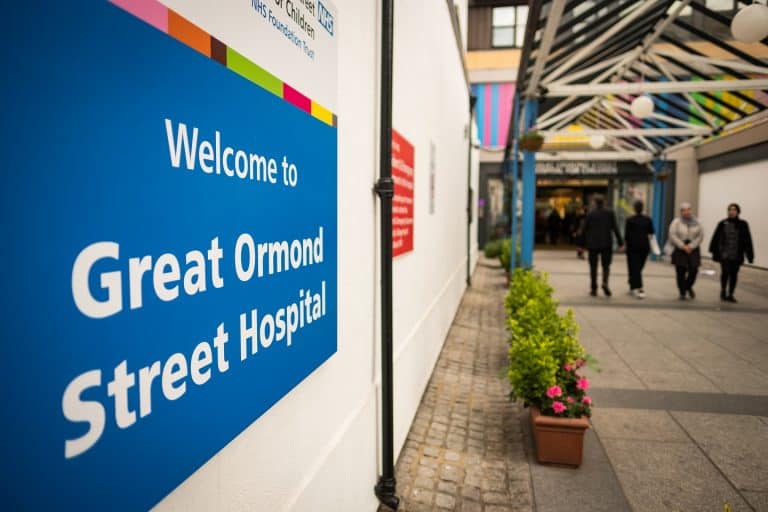
Women’s health must be a priority if Budget is to improve economy and NHS
The Autumn Budget’s promised £22.6 billion for NHS has the potential to boost the economy by millions of pounds every year if women’s health is prioritised.
Chancellor Rachel Reeves today announced plans to bring the NHS back to its feet following years of critical underfunding. The Chancellor confirmed an additional £22.6bn for day-to-day spending over the next two years for the Department of Health and Social Care, as well as £3.1bn for capital spending, such as repairs, new beds and extra testing capacity.
The Government also recommitted itself to increasing female participation in the labour market.
Research points to ways to improve the health of the public and also get more women into work.
Just this month, the NHS Confederation released a pivotal report titled ‘Women’s Health Economics: Investing in the 51%’. The report was a collaborative effort between the NHS Confederation, Create Health Foundation and London Economics.
The report advocates for recognising women’s health as a critical factor in public health and economic planning and shines a light on the benefits of prioritising women’s health within the national healthcare system.
Speaking ahead of the Budget, Dr Ranee Thakar, president of the Royal College of Obstetricians and Gynaecologists, noted a “funding uplift is vital to deliver the Women’s Health Strategy” which was released in 2022 by the then-government.
As the title would suggest, women make up 51% of the population and 49% of the formal workforce. It is important to note at this juncture that while the report is focused on the “formal” workforce, so too does it acknowledge the predominantly female “informal” workforce, but there is an inherent lack of data due to the very nature of same.
The headline of the report is that a mere £1 investment per woman could generate up to £319million for the economy. The failure to finance women’s health to date presents a huge economic burden, proving this is not just an equality issue but an economic one.
Dr Janet Barter, president of the Faculty of Sexual and Reproductive Healthcare, acknowledged the financial constraints faced by the Government, but noted “there are lots of things that can be done in women’s health that will be cost-neutral or actually save money”.
The report is a stark reminder of the impact poor health provisions have on a woman’s ability to participate in and enjoy life. Some key examples of the restrictions that women face include:
- Education
- 83% of women are negatively impacted by a condition and it interferes with their ability to go to school and/or work.
- Period pain
- Women with severe period pain miss 18 days of work per year due to their symptoms.
- Women with heavy periods miss 11 days of work per year due to their symptoms.
- 30% of those experiencing endometriosis take more than three days off per month. 40% of women experiencing dysmenorrhea want to take time off but don’t.
- The impact of presenteeism due to severe period during periods is £291.9m annually.
- Menopause
- There is an estimated 60,000 women who are not in employment due to the menopause.
It is a sorry state of affairs that in order to get a spotlight on women’s health issues, it has to be framed in economic terms, and the NHS Confederation acknowledges this. However, there is something to be said for their change of tact. Perhaps highlighting the benefits to economic performance will inspire some tangible change.
As is well reported, women’s health has long not been a priority, due to the entire healthcare system having been focused on the “male default”. The failure of modern medicine was amplified by the pandemic, with gynaecological services taking an enormous hit. To date, services are still recovering from the deductions taken during this period.
At the end of the day, the report highlights that women’s health is a savvy investment, and time will tell if the Government will take heed of such advice.










